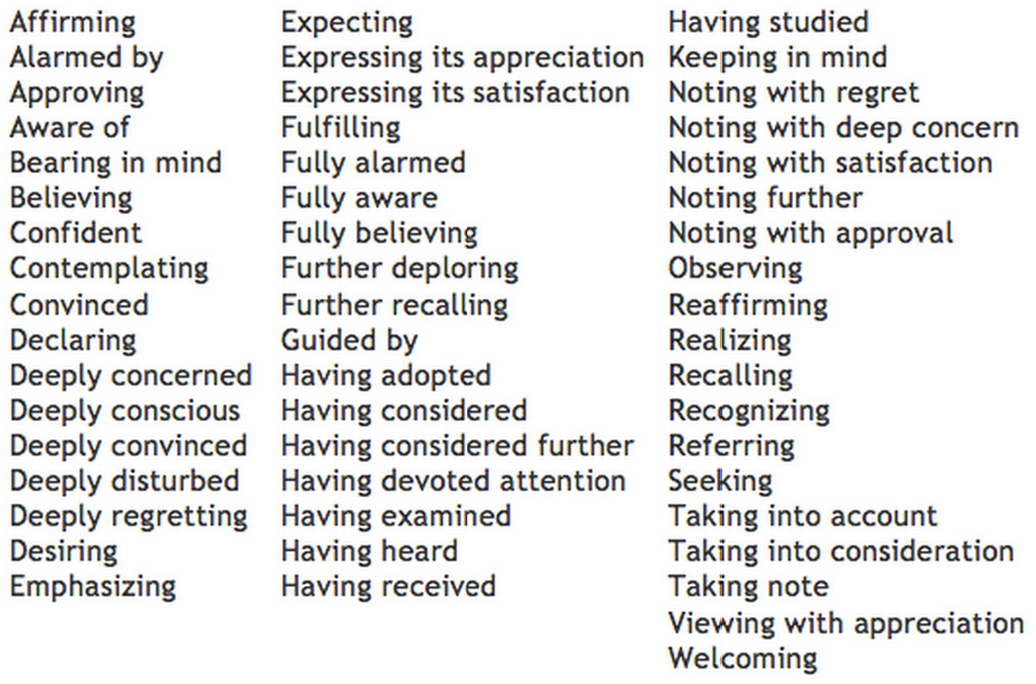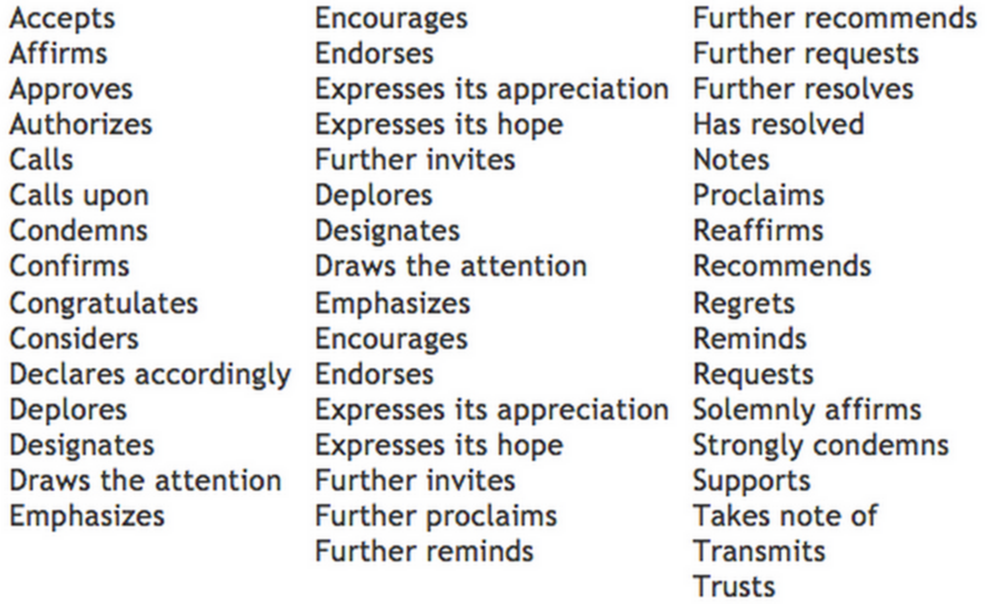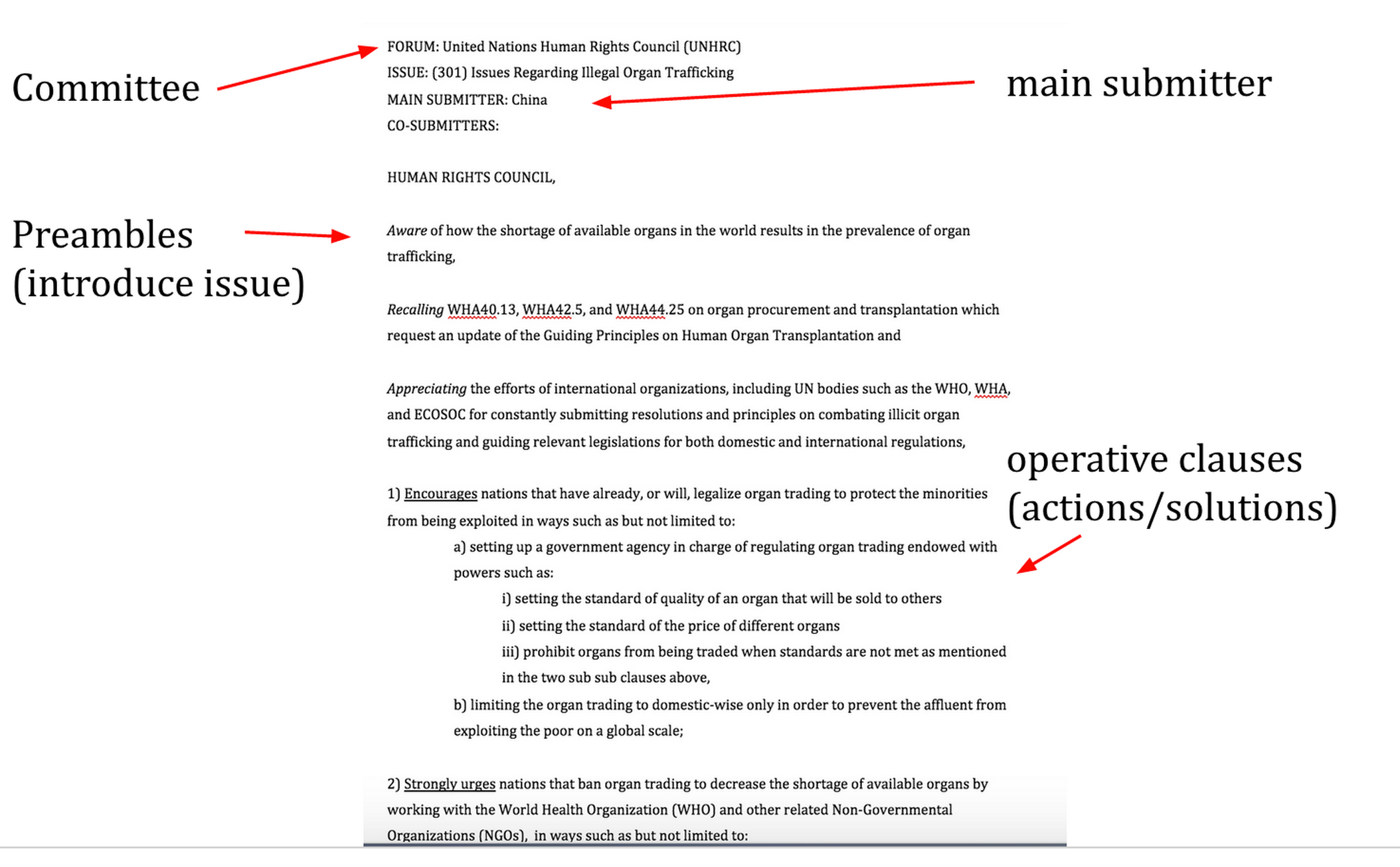Policy Statement
What is a Policy Statement?
Similar to a position paper in the UNAUSA procedure, a policy statement is a document that explains the policies and stances of the country related to the issue discussed. However, it is not required to hand in policy statements in most conferences. Policy statement can be extremely useful in conferences as it can be the base for an opening speech or a reference during lobby. The length of the policy statement varies. The official THIMUN procedure states that 300 words is the maximum yet it differs in different conferences.
What goes in a Policy Statement?
Policy statement should be written with great research, statistics, and quotes if possible. In the paper, delegates should provide a short summary on the current situation and past events related to the issue worldwide and in their country, key documents related to the issue, the country’s stances and positions, and suggestions for resolution in line with his or her stances and positions.
Heading
Most conferences specify the format required for a policy statement. If the conference has not declared a format, here is a common format most conferences require for delegates to follow:
(font size: 12; font type: Times New Roman)
Committee: Economic and Social Council
Question of: Empowering Women’s Rights
Country: United Kingdom
In the past few decades, the United Kingdom….. (You get the picture, right?)
Draft Resolutions
What is a Resolution?
A resolution is essentially a long sentence that seeks to solve the issue at hand. THIMUN delegates usually write one resolution on the topic they choose to focus on before the conference begins in order to merge their resolutions with others during lobbying time to maximize their efficiency.
What goes in a Resolution?
- Heading
- Preambulatory Clauses
- Operative Clauses
Heading
FORUM: (insert the committee you are in)
ISSUE: (insert the issue number) insert the issue you are focusing on
SUBMITTED BY: insert your delegation
*sometimes Co-Submitters are included in the resolution and sometimes they are not. Ask your chair for clarification to see whether your conference requires you to add the co-submitters.
Preambulatory Clauses
Clauses that introduces the issue and emphasizes its urgency. Delegates can include references to previous UN resolutions or ratified conventions/declarations. They also often congratulate countries or organizations that have put effort into ameliorating the issue at hand.
Sample preambulatory phrases:
Operative Clauses
Clauses that suggest/take action to solve the issue at hand. It is important that your operative clauses are actually feasible and that they reflect the policies of the country you represent. They should not be too idealistic as they would most likely be amended or stiked out during debate.
Sample operative phrases:
How do I format a resolution?
Preambulatory phrases are italicized while operative phrases are underlined.
Preambulatory clauses are followed by a comma while operative clauses are followed by a semicolon
There is a line-space between each preambulatory and operative clause.
Each operative clause is numbered
Sub-clauses begin with a), b), c), etc; sub-sub-clauses begin with i), ii), iii), etc
Abbreviations are written out in full the first time they are used.
The last operative clause is followed by a period.



